Heat Exchanger Design
Step #7. Decide type of shell and tube exchanger (fixed tubesheet, U-tube etc.). Select the tube pitch (PT), determine inside shell diameter (Ds) that can accommodate thecalculated number of tubes (t n). Use the standard tube counts table for this purpose.
Step #9. Assign fluid to shell side or tube side . Select the type of baffle (segmental, doughnut etc.), its size
(i.e. percentage cut, 25% baffles are widely used), spacing (B) and number. The bafflespacing is usually chosen to be within 0.2Ds to Ds.
Step #10. Determine the tube side film heat transfer coefficient (i h) using the suitable form of Sieder-Tate equation in laminar and turbulent flow regimes.
Estimate the shell-side film heat transfer coefficient ( ho) from:

You may consider,
![]()
Select the outside tube (shell side) dirt factor (Rdo) and inside tube (tube side) dirt factor(Rdi).
For Calculating overall heat transfer coefficient (Uo cal ,) based on the outside tube area (you may neglect the tube-wall resistance) including dirt factors:

Step #11. Calculate the tube-side pressure drop (ΔPT): (i) pressure drop in the straight section of the tube frictional loss) (ΔPt) and (ii) return loss (ΔPrt) due to change of direction of fluid in a „multi-pass exchanger‟.
Total tube side pressure drop:
![]()







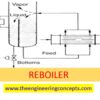

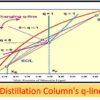
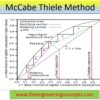

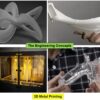


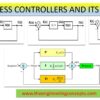



Informative
Very nice
Absolutely it’s a good platform to learn and improve skill …Thanks for your cooperation for increasing experience..Best of luck